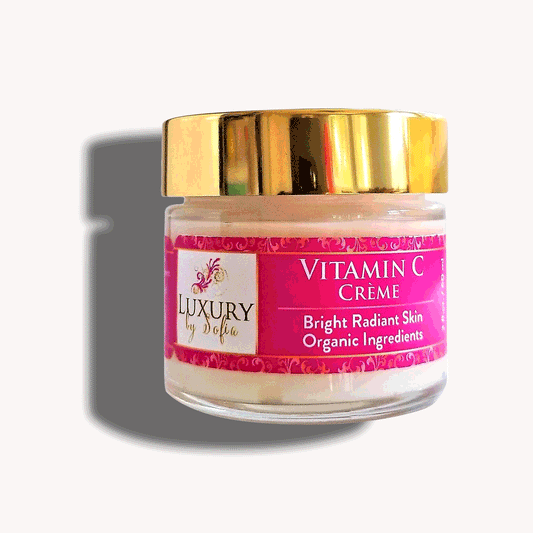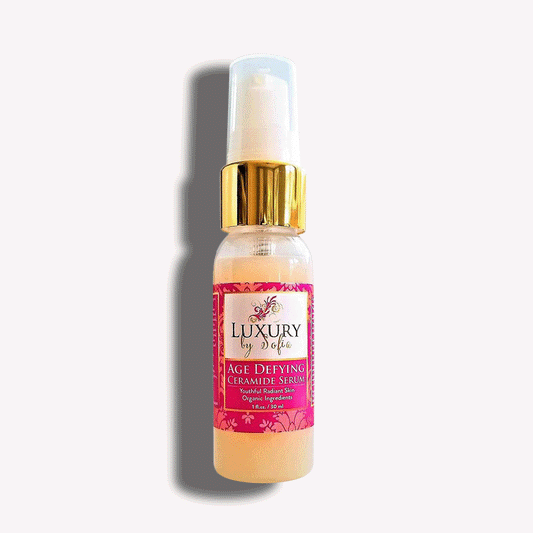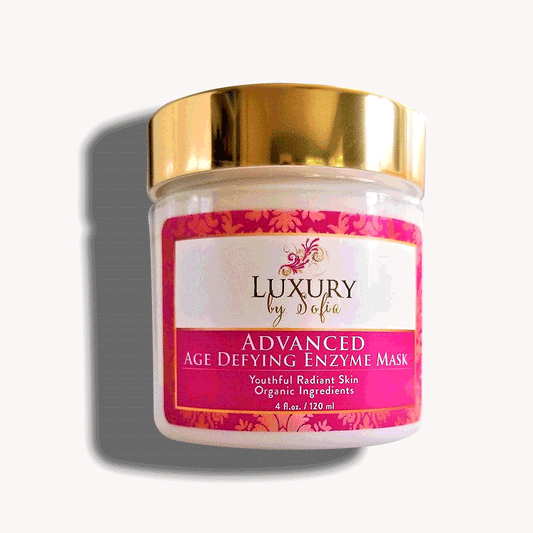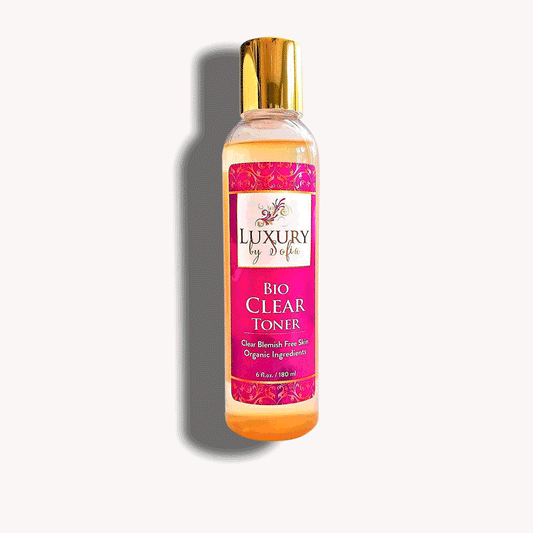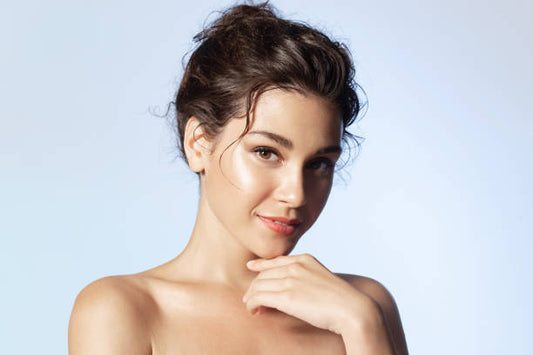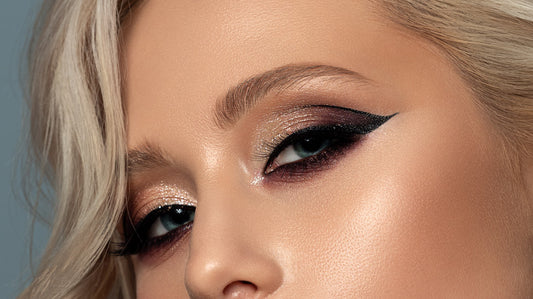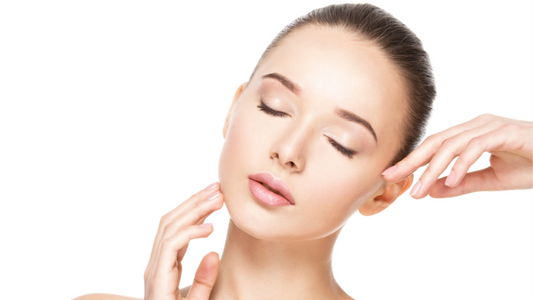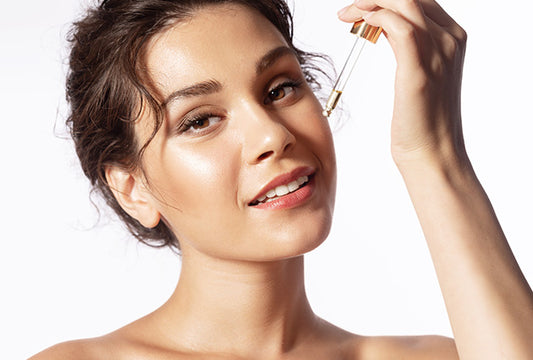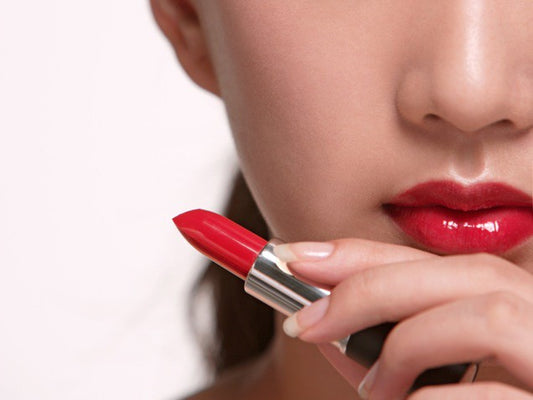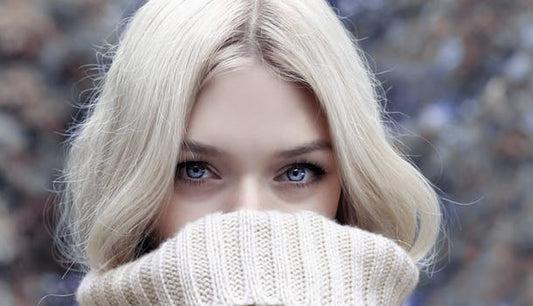It's time to stop making these common mistakes and start learning how to apply makeup like a pro! Here are the top ten mistakes that women make when they're putting on their makeup.
1. Never, Ever Buy Makeup That Contains Toxic Ingredients
Toxic ingredients are bad for your health and the environment. They can cause cancer, birth defects, and other diseases. They're also bad for animals that live in our environment (like fish).
2. Never, Ever Use Mascara With Anything Other Than Water In It
What's that? You're not sure what you should use to clean your mascara wand? If you have an oily face or eye area, then water is not the right choice for you! Instead of choosing a gentle cleanser or toner, try using an oil-free makeup remover instead. This will help keep those tiny bristles soft and pliable so they don't break off while applying them to your eyelashes (which can happen if they are too dry). Also make sure not to apply too much product at once, it's easy enough for even someone who has been doing their makeup every day for years to go overboard here!
3. Never, Ever Forget To Clean Your Brushes Regularly And Properly
- Brush cleaning is a crucial part of any makeup routine. If you don't clean your brushes, they can harbor bacteria that can cause breakouts or irritation on the skin. And if you're using them for the first time after not having cleaned them in a while, it's almost guaranteed that there will be some sort of fallout from all those dead skin cells and oils left behind by previous uses (and probably some makeup).
- How often should I wash my brushes? It varies by type of brush--for example, powder/blush/contour brushes should be washed every two weeks while eye shadow applicators should be washed after each use because they tend to get more gunk in them than other types of applicators do. You may also want to consider using a separate sponge or cloth instead of directly applying product straight onto the bristles themselves since this increases risk factors associated with cross contamination. Some people prefer using baby shampoo instead of traditional soap when cleaning their facial care products because it's gentler on sensitive skin types but either one will work just fine as long as whatever method used doesn't strip away too much moisture from delicate areas like around eyes where watery tears might flow down under humid conditions like summer months when humidity levels rise higher than usual making evaporation difficult even indoors (which means less sweat production overall).
4. Never, Ever Use Your Fingers To Apply Foundation Or Concealer
There are many reasons why you should never use your fingers to apply foundation or concealer. For starters, it's not a very precise way of applying makeup, you're likely to end up with streaks and patches if you don't have a steady hand or an eye for detail.
Furthermore, using brushes gives you more control over how much product is going on your face at any given time. Brushes also allow for better blending so that there aren't any noticeable lines between where one shade ends and another begins (especially helpful if you have trouble matching shades). Finally, using brushes helps keep costs down by requiring less product overall!
5. Never, Ever Apply Powder With A Brush Or Puff Instead Of A Sponge
Puffs and brushes can leave a powdery residue on your face. If you use them to apply powder, they'll push the product into the pores around your nose and chin, which will make them look bigger. Sponges are better because they don't leave stray powder particles behind--they only pick up what's on top of them. And if you're going for full coverage with a foundation or concealer, sponges work better than brushes because they won't absorb any liquid from underneath the surface layer of makeup (which makes it look cakey).
To use a sponge: Wet it under warm water until it's damp, but not dripping wet; squeeze out any excess moisture so that there aren't any drips falling onto your face when you start applying makeup; then pat gently over areas where coverage is needed (like under eyes) instead of rubbing back-and-forth motions like those used when doing eye shadow or blush.
6. Never, Ever Leave The House Without Setting Your Makeup With Powder!
Now that your skin is set, it's time to set your makeup. If you're going to be out in the sun or rain, this step is especially important! Setting powder helps keep your foundation from melting off and looking patchy, and it also helps keep your skin looking matte instead of shiny. You can use a brush or a puff for this step; either way works fine as long as you're applying enough powder so that it covers everything (including under-eye concealer). Just remember not to apply too much at once: start with just enough product on one side of the brush/puff before moving over onto another part of the face so that all areas are covered evenly without any visible clumps appearing under them when they're finished blending out smoothly together afterwards.
7. Never Have Dirty Fingers! Use A Brush Whenever Possible!
- Use a brush, not your fingers. A brush is better for applying makeup because it's softer and more precise than your finger tips, which can apply too much pressure and cause streaking or caking when you're trying to blend.
- For powder use a fluffy powder puff instead of a kabuki brush (which is designed for liquid foundation). Powder puffs are great at absorbing excess oil on the skin so that you don't end up looking shiny throughout the day.
- For blush use an angled blush brush or stippling brush to pick up color from the pan and apply it in circular motions for even distribution across cheeks without getting any harsh lines in place first!
- For eyeshadow use an eye shadow brush with soft bristles that can pick up product easily without leaving chunks behind on lids & creases once applied.
8. Always Get A Second Opinion Before You Buy Any Face Products (Especially New Ones)
- Always get a second opinion before you buy any face products (especially new ones).
- Ask a friend, family member, or makeup artist. Ask them if they would recommend it and why they would or wouldn't recommend it. Also ask if they have used the product themselves and what their experience was like with it.
9. Don't be Afraid To Go Back And Try Samples Again If They Didn't Work Out The First Time (or Even Twice!)
- Don't be afraid to try samples before buying full size.
- You may have heard that samples don't work for everyone, but if you're looking for a new product or brand and want to try it out before spending money on the full-size version, then this is one of your best options! It can be nerve-wracking to commit to something without knowing if it'll work out, but sometimes it's worth the risk.
- Don't feel bad about going back for seconds (or thirds). If something doesn't work out at first, but still seems promising enough in theory, don't give up on it just yet! Try again later when life has calmed down a bit and see if things go better this time around; chances are good they will.
10. These Simple Tips Will Help Keep Your Skin Healthy And Beautiful!
- Makeup can be a fun way to express yourself.
- Makeup can cover up blemishes and other skin issues, making them less noticeable.
- Makeup is a great way to experiment with new looks and try out different colors, products and techniques!
- You might feel less confident in your own skin if you don't wear any makeup at all but this doesn't mean that it's not okay for you! We all have different preferences when it comes down to what we like or don't like so just remember that everyone has their own opinion on this topic (and yours matters too)!
Conclusion
So there you have it! These are the most common makeup mistakes and how to avoid them. Hopefully, this article has been helpful for your journey toward becoming a more confident and beautiful person. If there are any other tips that we missed, please let us know in the comments below!


